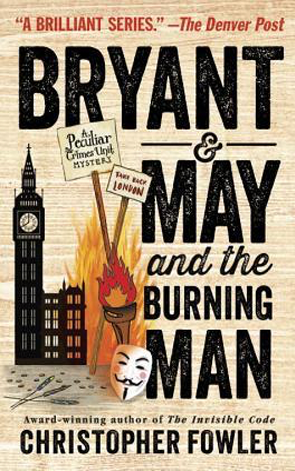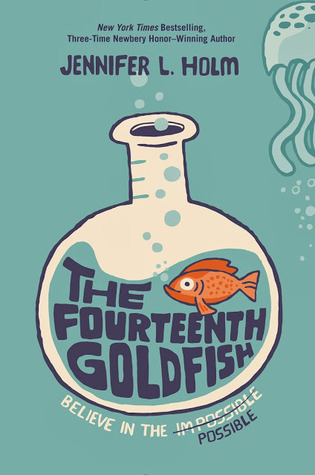I received this book for free from in exchange for an honest review. This does not affect my opinion of the book or the content of my review.

A River Sutra
in Hardcover edition on May 1, 1993 and has 291 pages.
Explore it on Goodreads or Amazon
A lovely setting for some peaceful spiritual tales.
My Take
This was absolutely lovely to read. A very peaceful and calming flow of words, descriptions, life that allows the reader to sink into Indian culture. It is so very different from the type of novels I usually read — big surprise — and it sank into me that what many Americans generally read is quite possibly how A River Sutra is viewed by an Indian reader. And I could very well be wrong in that!
There is an insight into life related by the main character which feels as though we are experiencing the real life of this culture, this man.
The tales that travelers tell provide quick insights into different aspects of Indian life and its various religions. I love how important art is in the culture Mehta relates. The day-to-day tasks, the interest in sugarcane for its juices in drink and as sugar.
Cute, Sir’s curiosity uses the “guilt” of requiring enlightenment from the Jain monk as to why he gave up so much for his new life of absolute poverty. It’s the monk’s response that is even more humbling. In part of his story, Ashok questions his father’s true adherence to his faith, how he can justify the devastating conditions of his workers with his supposed religious beliefs, his ahimsa.
Master Mohan’s life is a torrent of wonder and horror that will make you weep while Nitin Bose’s tale is something of a throwback to the days of the sahib and running an estate. The sad tale of reincarnation and Rahul Singh’s woman. The story of the ugly woman whose father is a master veena player is so beautiful as she explains to Sir how the seven notes of the scale are simply the sounds of nature. The turns that life takes as Naga Baba continues his journey of enlightenment.
Oh, I do like Tariq Mia’s “observation that they [the people Sir has encountered] were like water flowing through lives to teach us something”.
The Characters
The Narmada River is one of India’s “holiest pilgrimage sites, worshipped as the daughter of the god Shiva”.
We never do find a name for the man who desires to be the manager of the Narmada rest house, one of many “sanctuaries built by the Moghul emperors across India to shelter the traveler and the pilgrim”. Instead, Mehta refers to him as “sahib” or “sir” throughout the story. His identity is not important, instead, it is his meditations on life and his encounters which are important in this story.
Mr. Chagla is Sir’s clerk for the rest house. Constable Shashi is with the Rudra police station. Dr. Mitra is a medical doctor with many degrees who prefers his six-bed hospital near the Narmada River where he can collect the stories about the river. Tariq Mia is a mullah in a nearby village and a friend of Sir’s.
Of the short tales scattered throughout the story:
Ashok is a Jain monk whose wealthy family regrets his choice. Master Mohan is a music teacher blessed with the most marvelous student, Imrat, and the most horrible wife. Nitin Bose, the manager of a tea estate, is the nephew of an old colleague of Sir’s who is badly in need of exorcism from the lustful Rima. Rahul Singh kidnapped the exquisite and beautifully trained daughter of an old woman. Naga Baba is an ascetic Naga who rescues Uma on the night of Shiva (think Halloween with a Naga twist). Professor V.V. Shankar is the archeological authority on the Narmada who comes to stay at the rest house. Sheela and Asha are his assistants; Murli his guide.
Shiva is the Creator and Destroyer of Worlds. Kama is the God of Love with his sugarcane bow, the honeybees, and the arrows of desire. Parvati is Shiva’s consort.
The Cover and Title
The cover is a metaphor for the Narmada River in a tightly twisted length of red silk, a sari twisted yet again on itself.
I think the title is a metaphor for those people to whom Tariq Mia referred, a thread of life, a River Sutra, and how we live that life.





